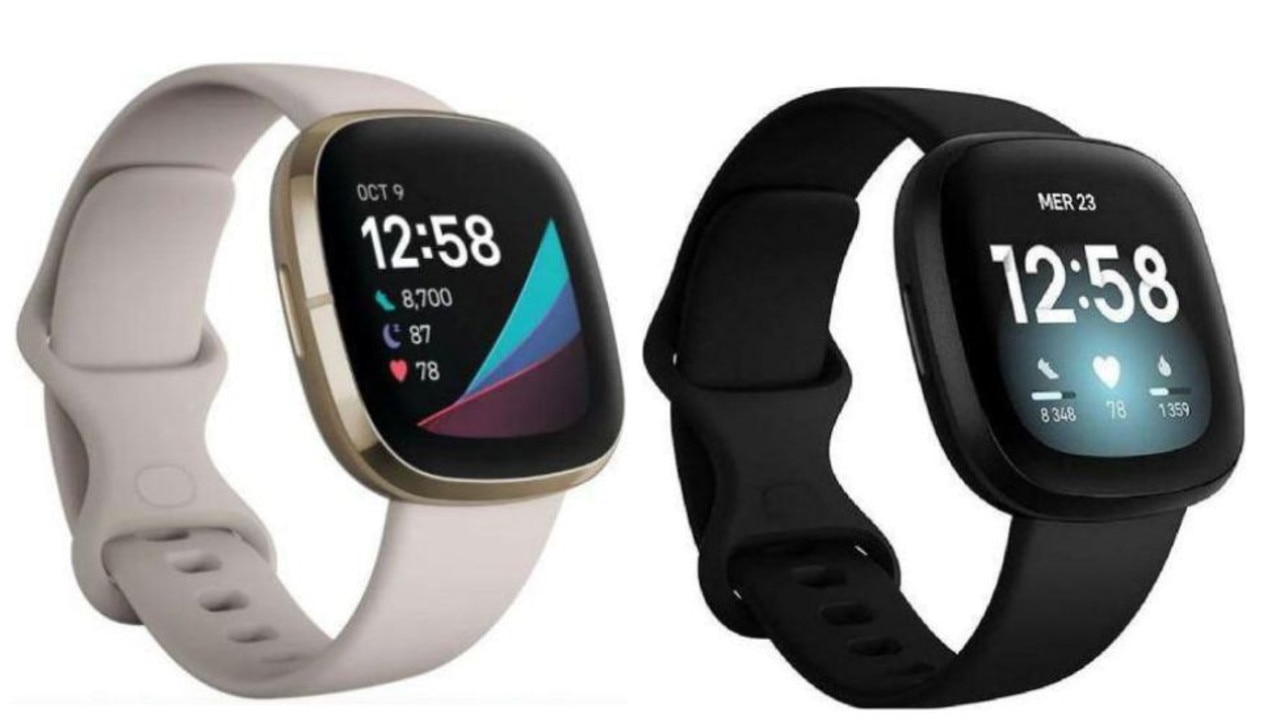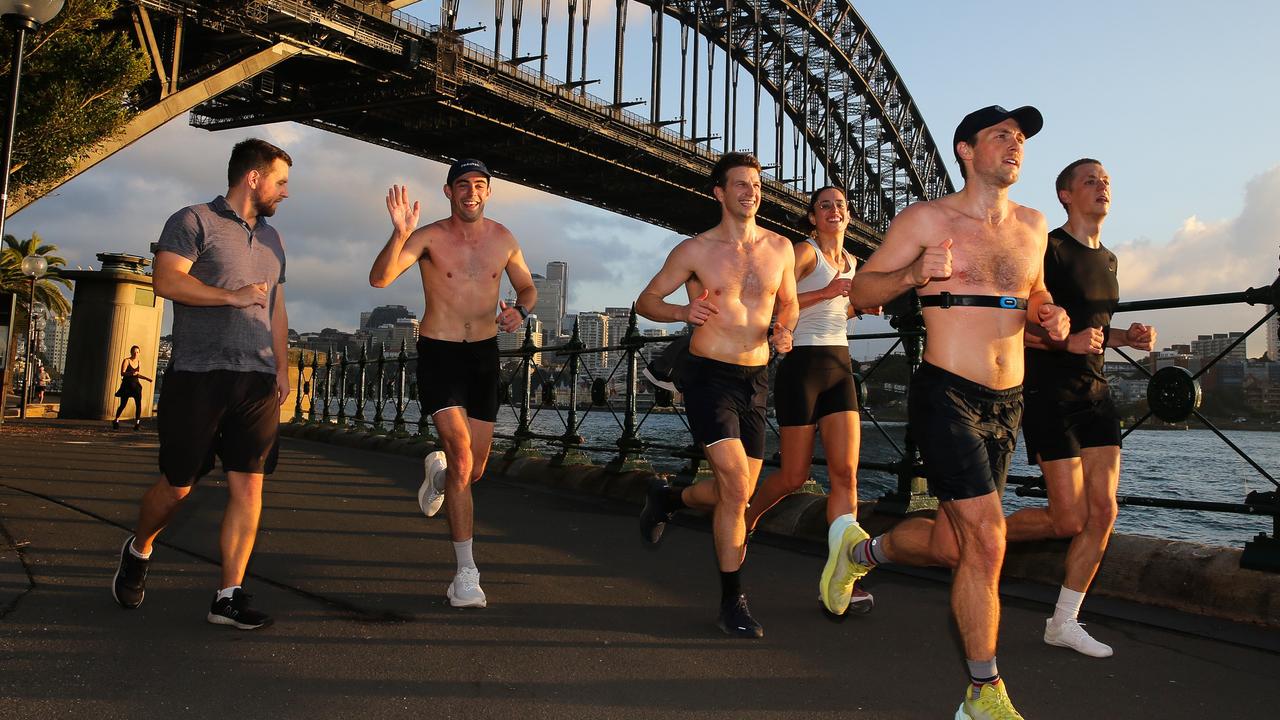The new arms race: smartwatches are coming back, with models from Samsung, Motorola, Huawei
IT’S being billed the new arms race, with the world’s top technology companies locked in a fight to win a place on your wrist with new smartwatches.

Wearables
Don't miss out on the headlines from Wearables. Followed categories will be added to My News.
PREPARE for the return of the smartwatch.
After a sales spike early this year, fuelled by Apple’s first wearable device, the smartwatch is poised to make a comeback, with many major technology companies lining up to cover your wrist.
SHORT TIME TECH? Australians bought 205,000 smartwatches but not everyone used them
SAMSUNG’S NEW PIECE: Hands on with Samsung’s upcoming Gear S2 smartwatch
The IFA technology trade show in Berlin played host to a wave of smartwatch announcements last week, with early exponents Samsung and Motorola taking another run at the market, while relative newcomers Huawei, ASUS and TomTom issued their own challengers.
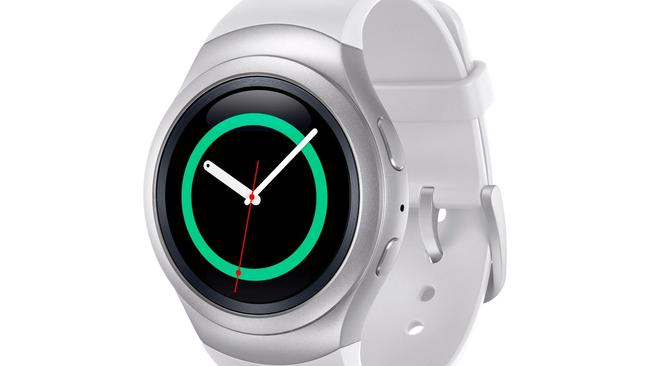
The success of the current smartwatch crop may also be helped by Android Wear’s new compatibility with Apple iPhones.
But analysts warn it could take more than new features and greater compatibility for smartwatches to go mainstream, with cheaper prices and more apps needed to make a case for their widespread adoption.
Samsung headed off its IFA rivals by revealing its smartwatch days before the event, showing off its first round smartwatch, the Gear S2, ahead of its own conference.
But the South Korean tech giant held a few important details back, later revealing the watch would not only feature a 1.2-inch round screen, NFC chip for mobile payments, waterproof body, and a battery life of up to three days, but it would also deliver wireless charging, and could be used by most modern Google Android phones — not just Samsung models.
A second, Gear S2 Classic model, will deliver the same features in a more traditional look with standard watch bands, while a third model, yet to be confirmed for an Australian release, will use an e-SIM to operate independently of a smartphone.
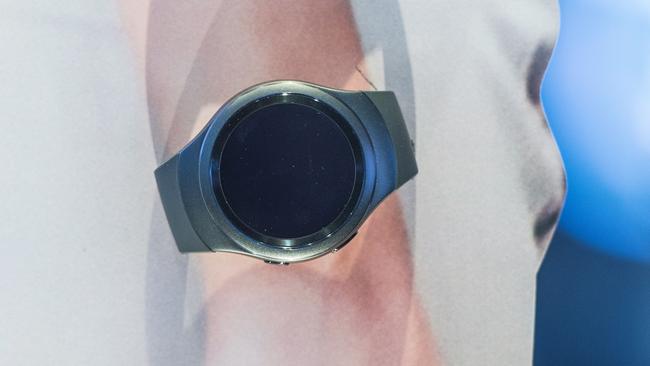
Samsung Electronics Australia vice-president Phil Newton said the company’s latest smartwatch had been designed to look more like a typical timepiece than its past efforts, despite its internet-savvy inclusions.
“It looks and feels like a watch,” he says. “You can control the product with a dial that’s just like a traditional watch.”
The Gear S2 and Gear S2 Classic, due in Australia as early as next month, represent the first smartwatches from Samsung in a year, after it released the Gear S at IFA in 2014.
But since that time the world’s biggest smartphone maker has lost leadership of the smartwatch market, with Apple gaining control with its Watch.
Research firm IDC recently crowned Fitbit king of the wearable technology market with a 24.3 per cent share in the second quarter of the year, followed by Apple with 19.9 per cent. With no recent releases, Samsung fell to fifth position with just 3.3 per cent of the market.
But Telsyte managing director Foad Fadaghi, who predicts Australians will spend $400 million yearly on smartwatches by 2018, says consumers are ready for new products with better features.
“What’s happening is that (Google) Android products have been very weak in the last six months rather than Apple’s product being very strong,” he says. “That kind of market is ripe for innovation.
“If you look at the first half of this year, there were no new Samsung (smartwatches). The Android products ended and they just sat back and didn’t take Apple head on.”
Fadaghi predicts interest in smartwatches will continue to grow, particularly at Christmas, but their price may need to drop.
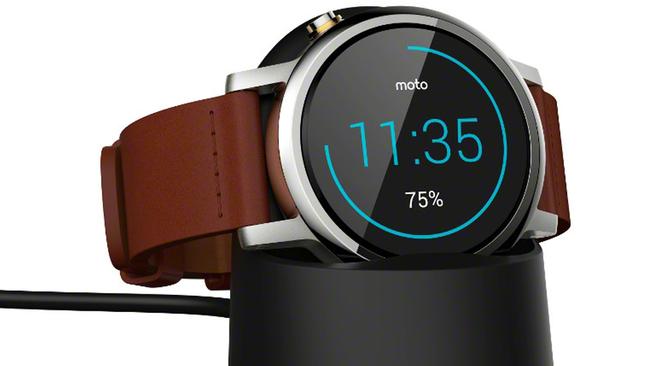
“Many consumers are not willing to pay more than a regular watch for a smartwatch,” he says.
“If you look at the sweet spot, it’s the $200-$300 price bracket. There are parallels with the tablet market. When we saw cheap and cheerful $200 tablets, we saw the tablet market really explode. That also helped people get used to them.”
Fresh competition is also likely to boost their numbers, with smartwatches from Motorola, Huawei, ASUS and TomTom unveiled at IFA.
Motorola’s pioneering Moto 360 will be updated with four models, two for men, one for women, and one for fitness enthusiasts. All feature the signature round touchscreen of the first model, complete with “flat tyre” black border at the bottom of the screen, but a better battery life and, for the Sport, GPS functionality for tracking exercise.
Huawei’s smartwatch comes with a fashion focus, available in several finishes and with a Karlie Kloss campaign and a price up to $1,117, while ASUS’s ZenWatch 2 will arrive in two sizes and offer the latest Android Wear software compatible with Apple iPhones.
TomTom’s fitness-focused Spark smartwatch comes with a GPS chip, built-in music player, and activity-tracking apps.
The smartwatches will also have to compete with fitness bands from the likes of Fitbit and Jawbone, but Argus Insights argues its analysis of more than 300,000 consumer reviews shows smartwatches are being more positively received and could have a greater impact this year.
“Devices with more capabilities, like the Moto 360 and LG Watch Urbane continue to out-delight fitness bands,” according to its Consumer Wearable Demand report.
Jennifer Dudley-Nicholson travelled to Berlin as a guest of Samsung.
Originally published as The new arms race: smartwatches are coming back, with models from Samsung, Motorola, Huawei


